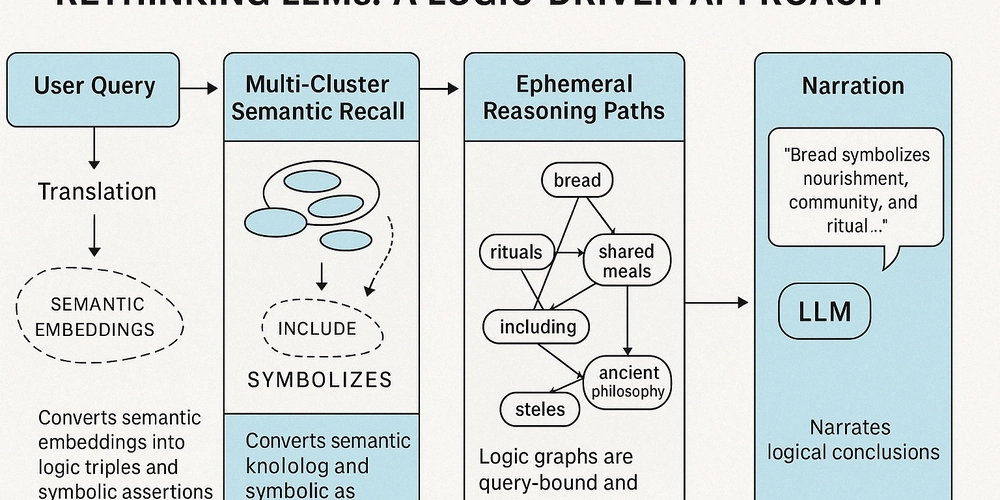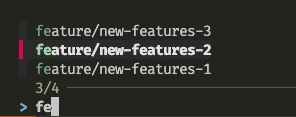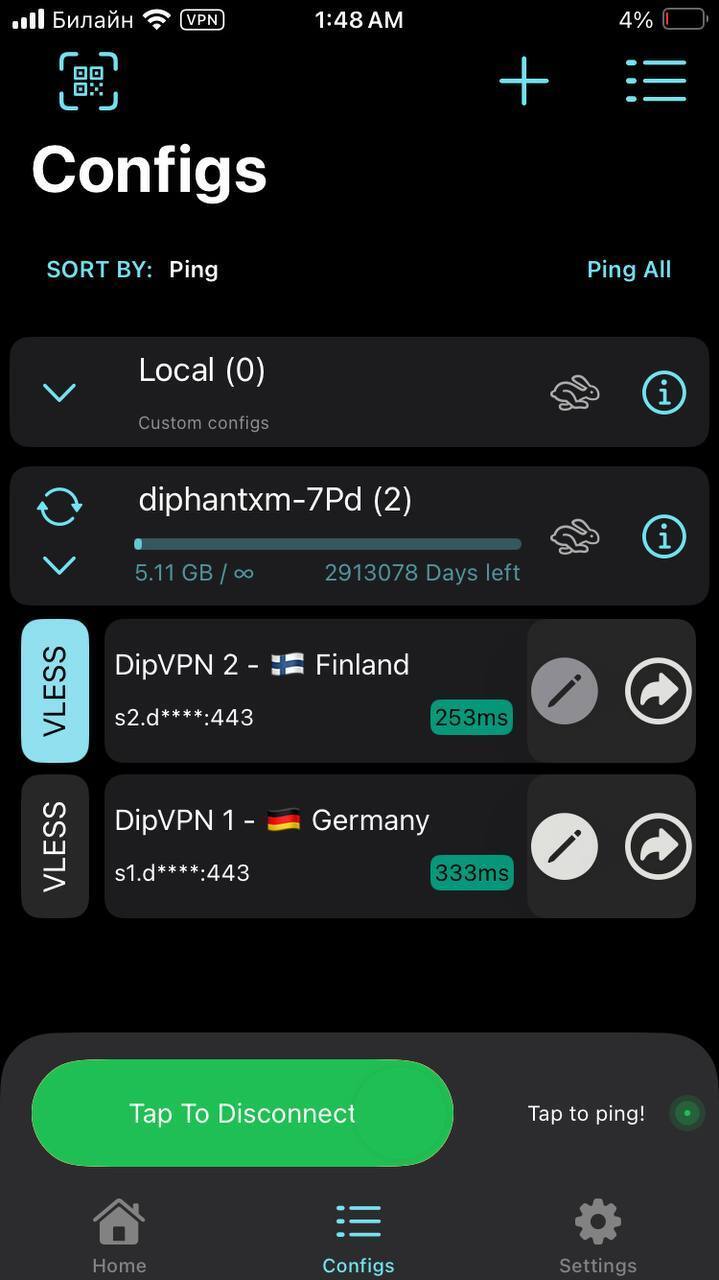Rethinking Reasoning in AI: Why LLMs Should Be Interns, Not Architects
A new framework combining symbolic logic, ephemeral memory, and language models to build traceable, interpretable, and scalable intelligence. Introduction LLMs are great at sounding smart. But ask them to explain why something is true, and they flounder. That’s because today’s LLMs are built to predict, not to reason. What if we stopped treating language models like omniscient oracles—and instead treated them like what they really are: data-rich, logic-poor interns? This article introduces a novel reasoning architecture that does just that. We present a system where the LLM becomes a peripheral component—used to hear, rephrase, and narrate—while the actual reasoning happens through symbolic logic graphs, embedding-based memory clusters, and math-grounded path selection. The result? A fully modular AI system that is explainable, defensible, and built to evolve. Case Study: Baking Philosophy into Logic To showcase how our system departs from LLM guesswork, we posed the following seemingly tangential query: User Query: "Hi, I am an undergraduate student of philosophy. I love cooking and making cake, but I want to know more history of bread and its relation to ancient Greece." This isn't a straightforward factoid. A vanilla LLM might spin vague culinary trivia. But our system parsed, interpreted, clustered, and reasoned its way through symbolic assertions to produce the following trace:

A new framework combining symbolic logic, ephemeral memory, and language models to build traceable, interpretable, and scalable intelligence.
Introduction
LLMs are great at sounding smart. But ask them to explain why something is true, and they flounder. That’s because today’s LLMs are built to predict, not to reason.
What if we stopped treating language models like omniscient oracles—and instead treated them like what they really are: data-rich, logic-poor interns?
This article introduces a novel reasoning architecture that does just that. We present a system where the LLM becomes a peripheral component—used to hear, rephrase, and narrate—while the actual reasoning happens through symbolic logic graphs, embedding-based memory clusters, and math-grounded path selection.
The result? A fully modular AI system that is explainable, defensible, and built to evolve.
Case Study: Baking Philosophy into Logic
To showcase how our system departs from LLM guesswork, we posed the following seemingly tangential query:
User Query:
"Hi, I am an undergraduate student of philosophy. I love cooking and making cake, but I want to know more history of bread and its relation to ancient Greece."
This isn't a straightforward factoid. A vanilla LLM might spin vague culinary trivia. But our system parsed, interpreted, clustered, and reasoned its way through symbolic assertions to produce the following trace:





























![[Webinar] AI Is Already Inside Your SaaS Stack — Learn How to Prevent the Next Silent Breach](https://blogger.googleusercontent.com/img/b/R29vZ2xl/AVvXsEiOWn65wd33dg2uO99NrtKbpYLfcepwOLidQDMls0HXKlA91k6HURluRA4WXgJRAZldEe1VReMQZyyYt1PgnoAn5JPpILsWlXIzmrBSs_TBoyPwO7hZrWouBg2-O3mdeoeSGY-l9_bsZB7vbpKjTSvG93zNytjxgTaMPqo9iq9Z5pGa05CJOs9uXpwHFT4/s1600/ai-cyber.jpg?#)










































































































































![[The AI Show Episode 144]: ChatGPT’s New Memory, Shopify CEO’s Leaked “AI First” Memo, Google Cloud Next Releases, o3 and o4-mini Coming Soon & Llama 4’s Rocky Launch](https://www.marketingaiinstitute.com/hubfs/ep%20144%20cover.png)





























































































































![[FREE EBOOKS] Machine Learning Hero, AI-Assisted Programming for Web and Machine Learning & Four More Best Selling Titles](https://www.javacodegeeks.com/wp-content/uploads/2012/12/jcg-logo.jpg)








































































![Rogue Company Elite tier list of best characters [April 2025]](https://media.pocketgamer.com/artwork/na-33136-1657102075/rogue-company-ios-android-tier-cover.jpg?#)








































































_Andreas_Prott_Alamy.jpg?width=1280&auto=webp&quality=80&disable=upscale#)






























































































![What’s new in Android’s April 2025 Google System Updates [U: 4/18]](https://i0.wp.com/9to5google.com/wp-content/uploads/sites/4/2025/01/google-play-services-3.jpg?resize=1200%2C628&quality=82&strip=all&ssl=1)










![Apple Watch Series 10 Back On Sale for $299! [Lowest Price Ever]](https://www.iclarified.com/images/news/96657/96657/96657-640.jpg)
![EU Postpones Apple App Store Fines Amid Tariff Negotiations [Report]](https://www.iclarified.com/images/news/97068/97068/97068-640.jpg)
![Apple Slips to Fifth in China's Smartphone Market with 9% Decline [Report]](https://www.iclarified.com/images/news/97065/97065/97065-640.jpg)




































































































































